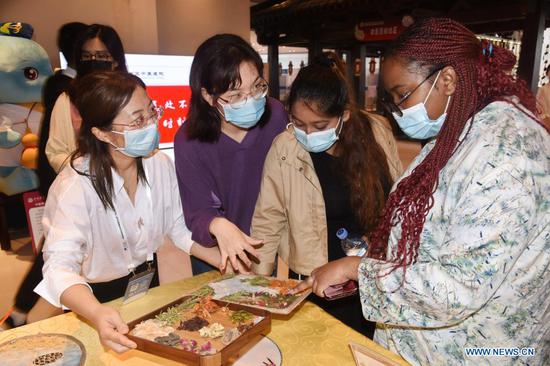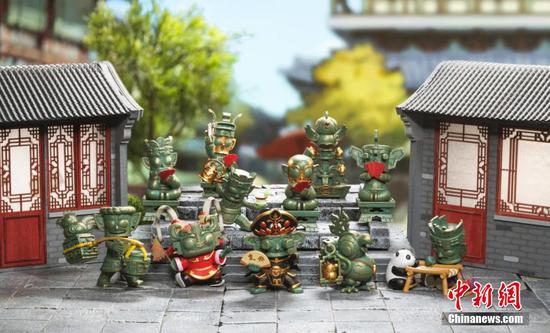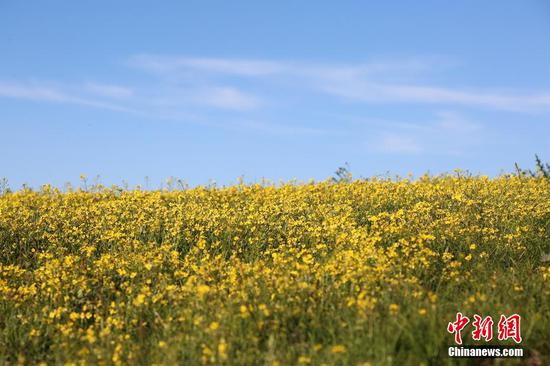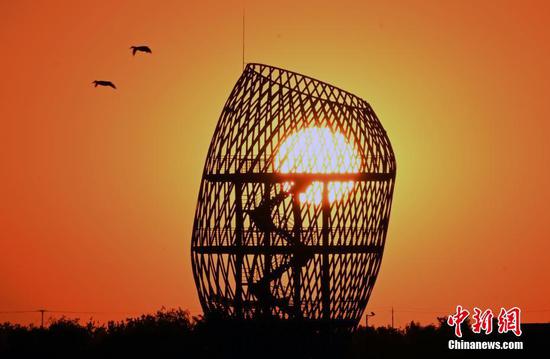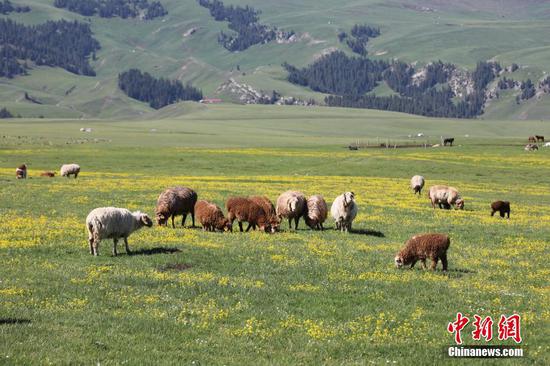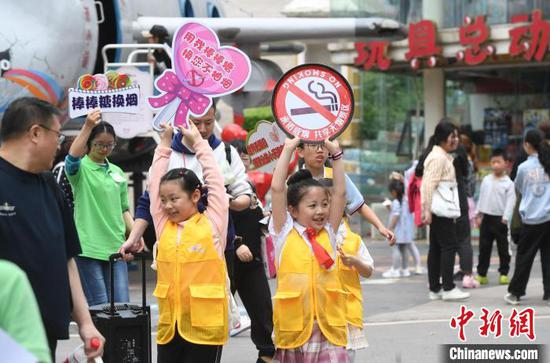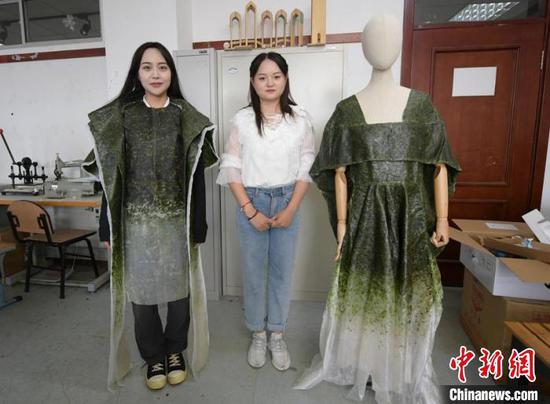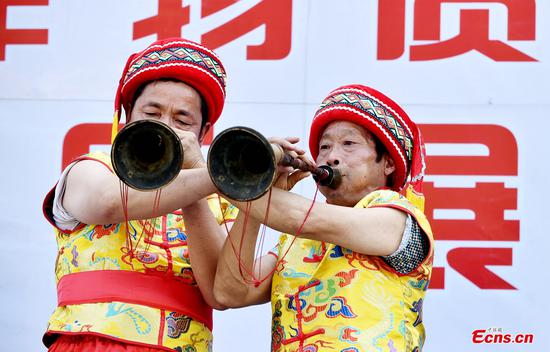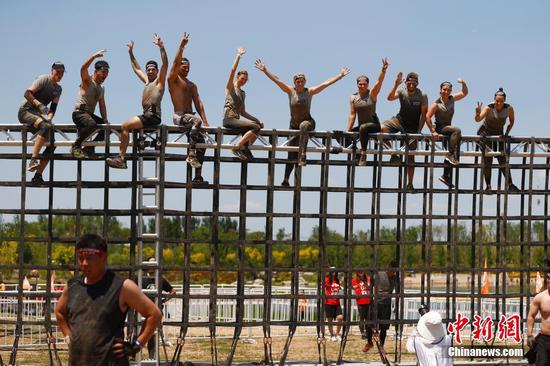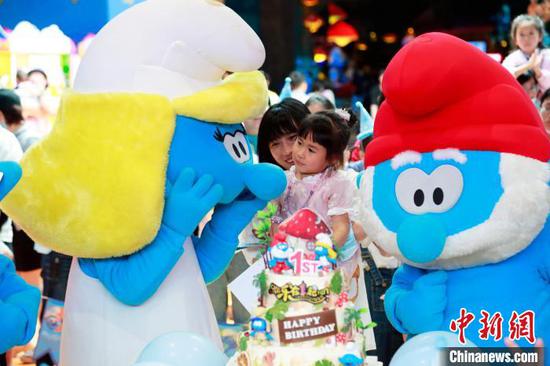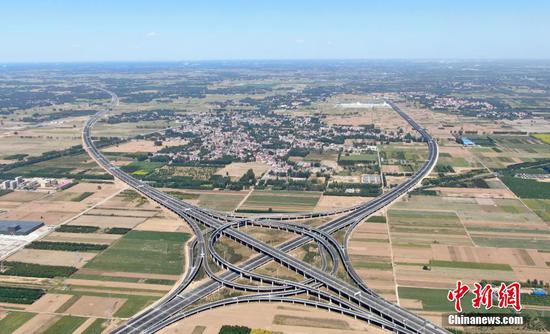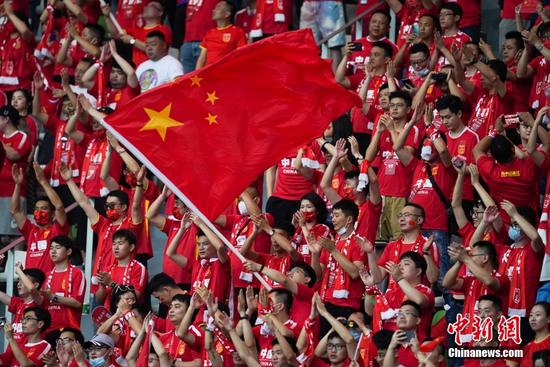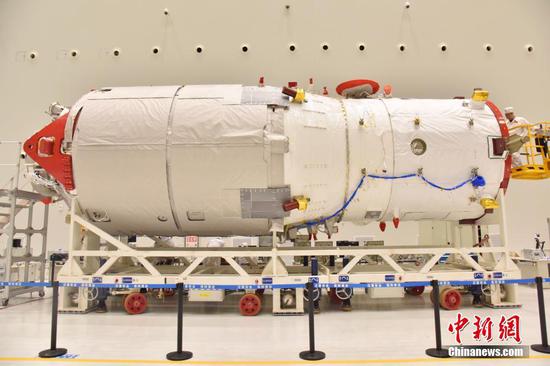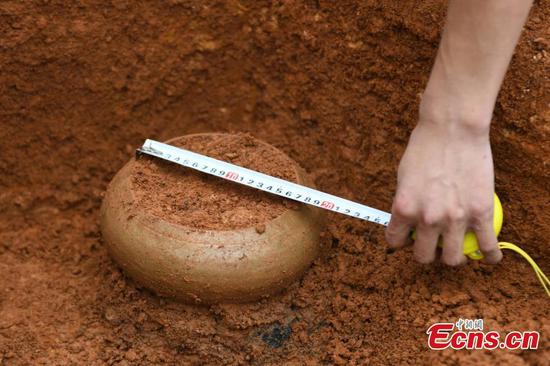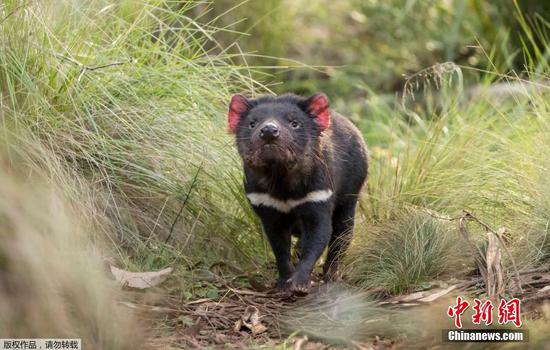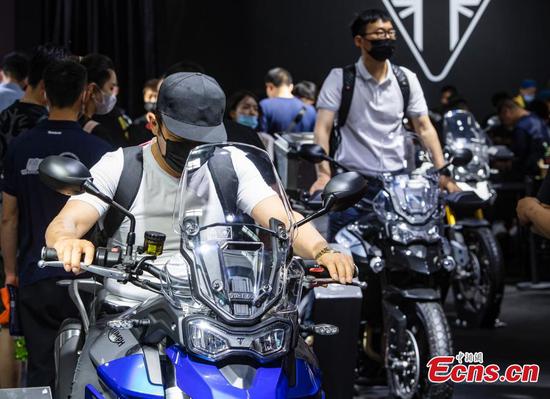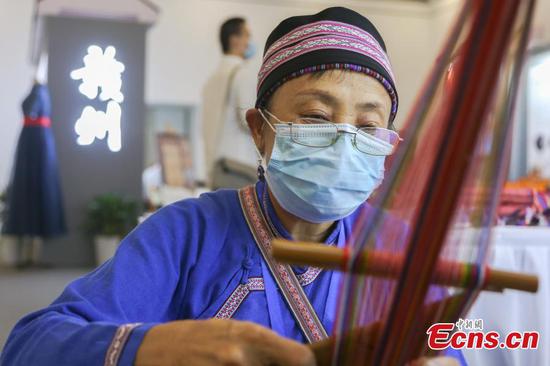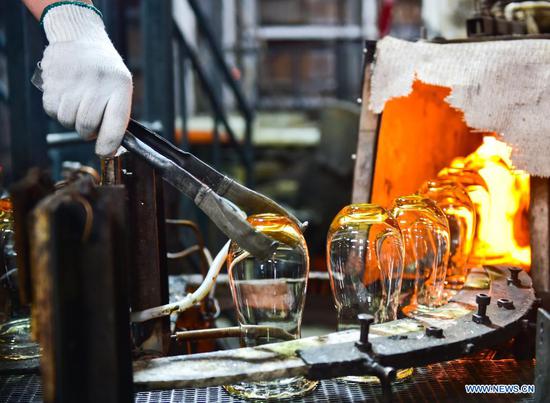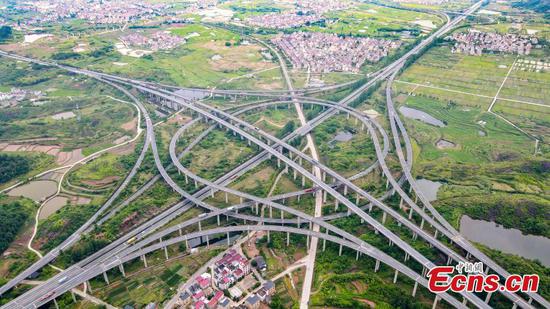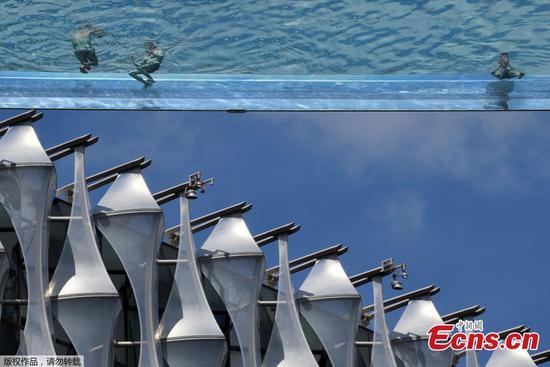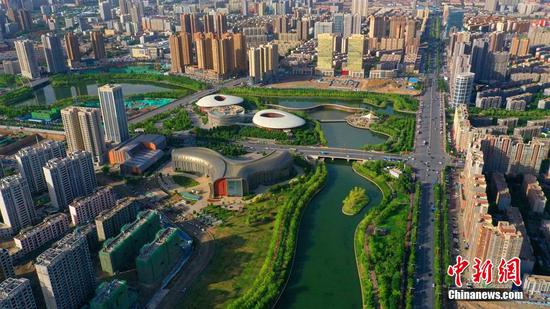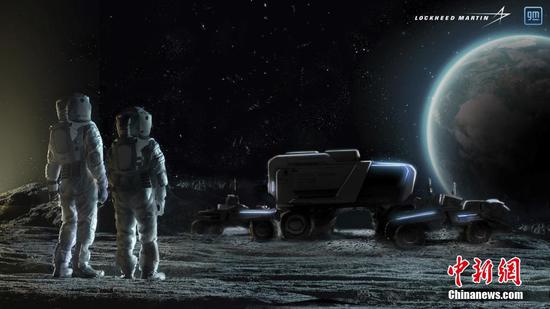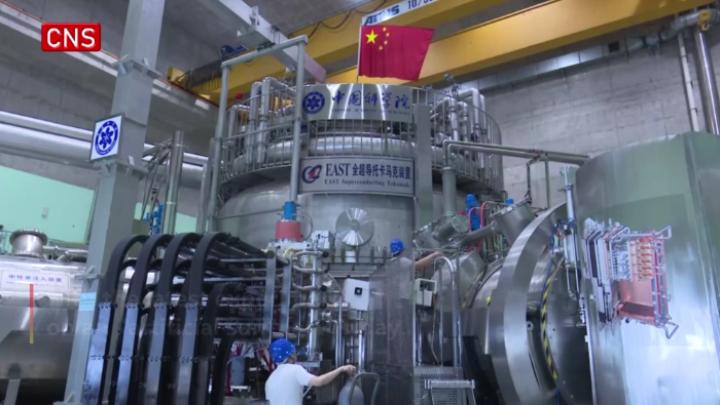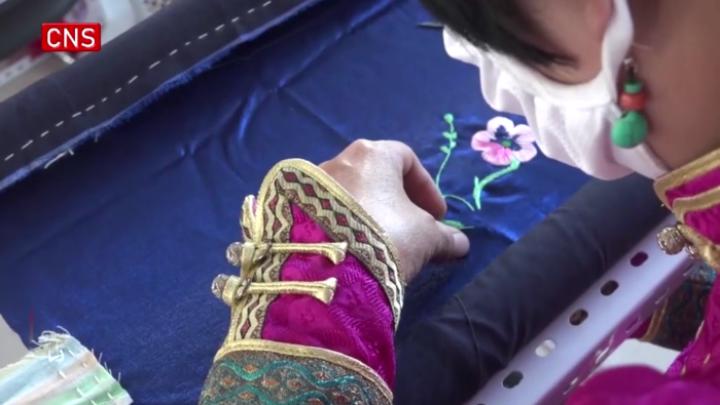China's electric multiple units, a form of suburban trains, are expected to play a key role in boosting regional connectivity, low-carbon travel and economic development in Central and Eastern Europe, experts and business leaders said on Wednesday.
The comments came after Chinese train maker CRRC Zhuzhou Locomotive Co Ltd rolled out the first set of double-decker EMU trains for exports from its plant in Central China's Hunan province. The first set of trains, which can run at a top speed of 200 kilometers per hour, will be exported to Austria and used on railway lines in five European countries, including Austria, Germany and Hungary.
Independently developed by the Chinese company, the double-decker EMUs meet TSI standards, or the European Union's technical specification for interoperability, according to CRRC Zhuzhou, a subsidiary of China Railway Rolling Stock Corp, or CRRC, the country's largest rolling stock manufacturer by production volume.
TSIs defines the technical and operational standards which must be met to satisfy the essential requirements and ensure the interoperability of the railway system in the EU.
Equipped with six carriages and 571 seats, the EMU can carry 1,280 passengers. The capacity of the train is 35 percent higher than that of a flat-layer train and thus eases capacity strains on busy European railroads, said Sun Yongcai, president and chairman of CRRC.
Li Xuefeng, vice-president of Beijing-based China Academy of Railway Science Corp Ltd, said the new trains would help many heavily populated countries switch from a long dependence on automobiles to further boost commercial activities and people-to-people exchanges.
"In many countries, especially European economies, given the green emission standards for both cargo and road passenger transport, the market demand for green and high-efficiency trains will keep growing during the post-pandemic era," he said.
Since signing the contract with an Austrian client in December 2019, the Chinese project team has overcome the adverse effects generated by the global outbreak of COVID-19, and has actively carried out design and development, manufacturing, and commissioning tests.
The train has a lightweight design and uses a large number of new composite materials such as lightweight, high-strength, corrosion-resistant carbon fibers and glass carbon fibers. The weight of the entire train is only about 10 percent higher than a single-level train.
Supported by efficient project management and a complete supply chain guarantee system, the EMU project was completed in only 18 months, and its work cycle was reduced by half compared with the same type of foreign products, said Zhou Qinghe, chairman of CRRC Zhuzhou.
"Because many regional markets, especially those in Central Asia, Southeast Asia and Eastern Europe, are planning to build high-speed rail lines or upgrade their existing railway systems, they are also keen to gain technological support from China to assist in daily operations, maintenance, staff training and other services," said Feng Hao, a rail transportation researcher at the National Development and Reform Commission.
"Exports to Austria represent the international market's recognition of Chinese manufacturers," he said, adding it will also attract more global companies to expand their business presence in the country.
China Unicom, a telecommunications provider, will open a branch in Austria this year to expand its presence in the country. It will pay particular attention to human, financial and material resources to better serve the demands of local and Chinese companies in Central and Eastern Europe.










